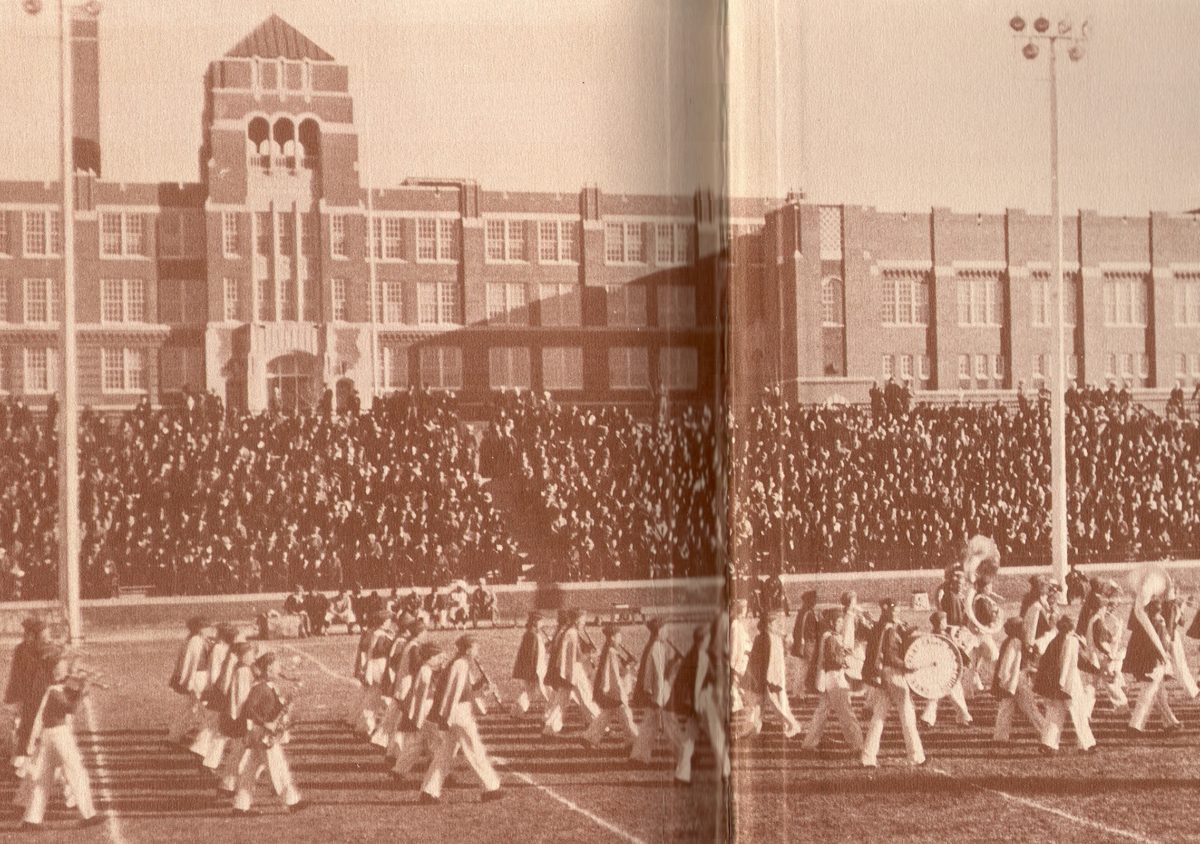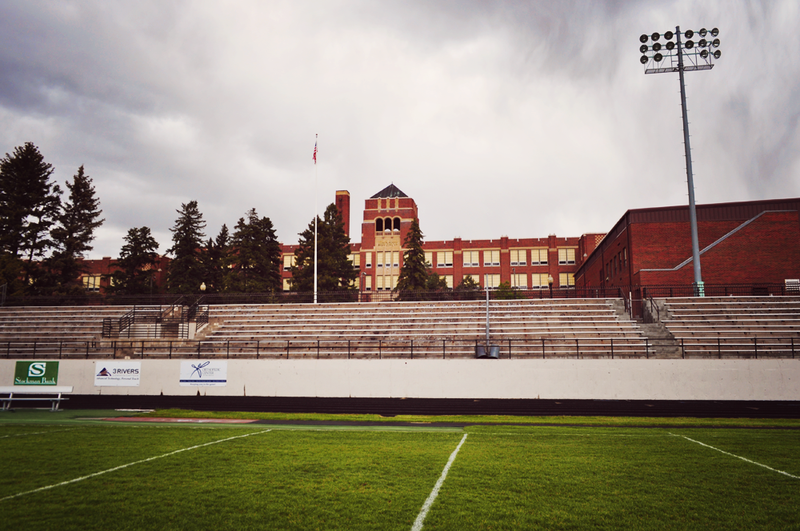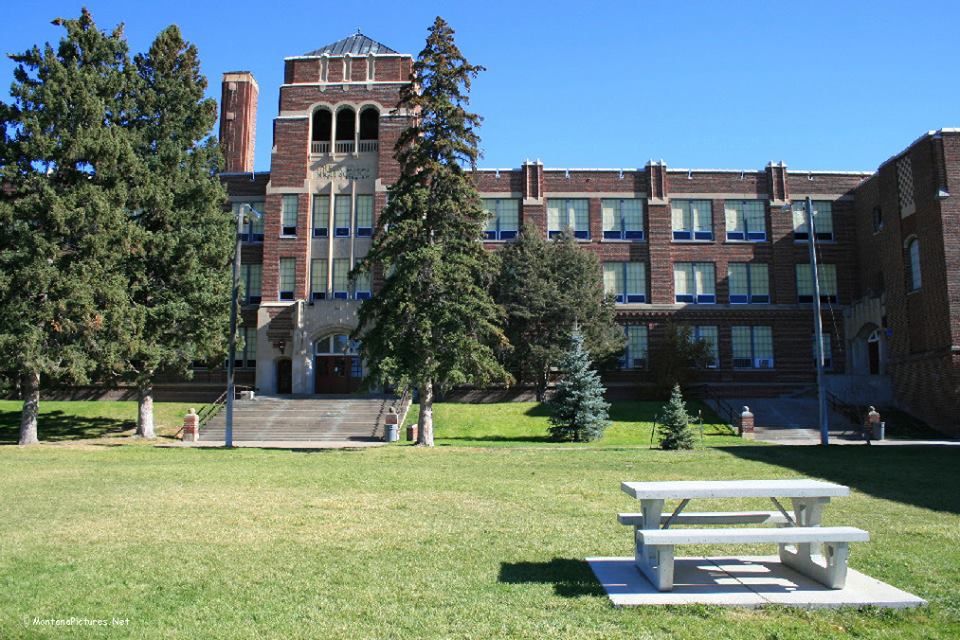Need To Expand, The Ideas, The Money, The GFHS Legacy. Is The School District’s Proposal The Best Solution? NOTABLE EVENT 2017: Great Falls High School’s historic original building was recognized in 2017 by Architectural Digest Magazine as one of the Most Beautiful Public High Schools in America. During 2012 the Great Falls High School Heritage…
Author: Darrell Swanson
Great Falls High School Chronicle – Part 4
THE VISIT, THE MIDDLE YEARS, THREE MORE ADDITIONS, THE MONEY, AND THE ARCHITECTS DESIGNS When in 10th grade there was a NOTABLE EVENT at Great Falls High School, the City, the State, and the Nation. On Thursday, September 26, 1963, more than 20,000 people crowded into Memorial Stadium to listen to a speech about conservation…
Great Falls High School Chronicle – Part 3
THE MIDDLE YEARS 1930 – 1997, THREE ADDITIONS, THE MONEY, AND THE ARCHITECT’S DESIGNS This is the third in a series of informational articles that focus primarily on the architectural history of Great Falls High School and campus. The information has been gathered from available records. Missing information may be confirmed upon further research. I…
GFHS Chronicle – Part 2: The Money, The Architects Design, And The Early Years
This is the second in a series of informational articles that will focus primarily on the architectural history of Great Falls High School. The information has been gathered from available records. In a few cases, such as what I stated in PART ONE about the school’s student population in 1965 when I graduated, is as…
Great Falls High School Chronicle – Part 1
For good reason, Great Falls High School’s historic original building, built in 1930, was recognized in 2017 by Architectural Digest Magazine as one of the Most Beautiful Public High Schools in America. During 1965, my class was the last to graduate before CMR was built. At the peak of its utilization, 3,000 students attended in…
Off The Record
I was born in Great Falls, am a 1965 alumnus of Great Falls High School, gained a Masters in Architecture from MSU during 1973, and started my architectural practice during 1978 in Calgary. I have successfully completed many architectural projects in several States and Canadian Provinces. Locally, my family has owned businesses and has built…







